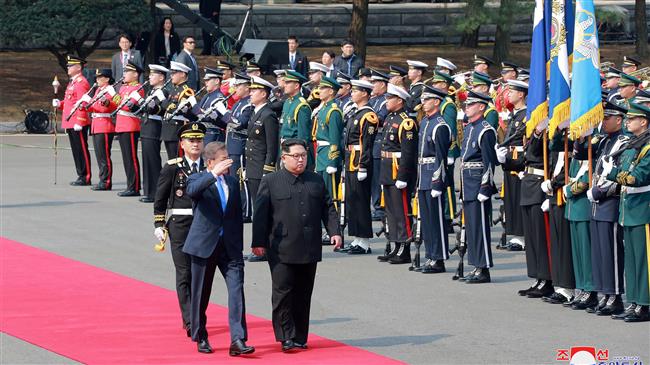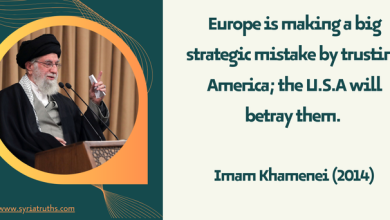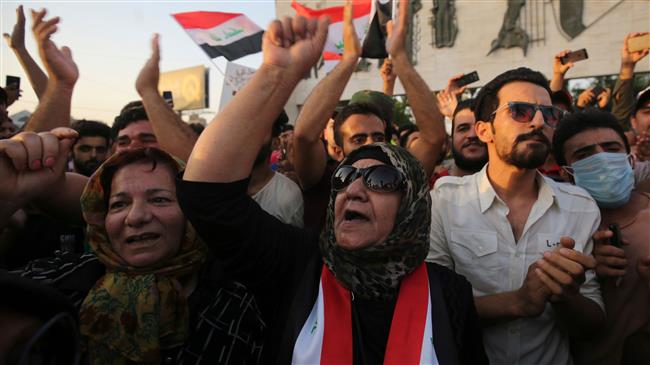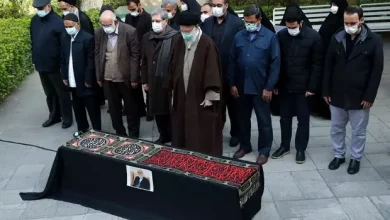North Korea synchronizes time zone with South


North Korea has unified its official time zone with South Korea in a gesture to facilitate the ongoing reconciliation process with its neighbor.
Pyongyang adjusted its time 30 minutes forward on Friday at 1500 GMT upon a decree issued by the Supreme People’s Assembly, North Korea’s state news agency KCNA reported.
The news agency described the time change as “the first practical step taken after the historic third North-South summit meeting to speed up the process for the North and the South to become one.”
North Korea’s leader Kim Jong-un changed the country’s standard time to 30 minutes behind the South in 2015, when the country celebrated the 70th anniversary of its liberation from Japan’s colonial rule. Kim said at the time the move had a nationalistic rationale as the time zone returned to its pre-colonial situation before 1910.
North Korea, however, already has its own calendar which counts from the birth of founding leader Kim Il-sung in 1912, instead of counting from the birth of Christ.
In another sign of reconciliation, a delegation from the UN’s International Civil Aviation Organization will travel to North Korea next week to discuss a proposal to start an air route between Pyongyang and Incheon, South Korea, airspace regions as well as issues regarding safety and air navigation.
The developments come amid widening efforts for a historic and definitive reconciliation in the Korean Peninsula. Kim accepted offers by South Korean President Moon Jae-in earlier this year to kick off the reconciliation process by sending a delegation of athletes to the Winter Olympics in South Korea. The move was followed by intensive shuttle diplomacy and Kim finally accepted to attend summits with Moon and US President Donald Trump.
China’s Foreign Minister Wang Yi says his country fully supports North Korea’s efforts to bring about denuclearization on the Korean Peninsula.
Tensions on the Korean Peninsula had been running high in 2017. Trump’s threats last year prompted North Korea to carry out its most powerful nuclear test to date and launch intercontinental ballistic missiles capable of reaching the United States.
But Kim expressed sudden interest in the resolution of disagreements with the South on New Year’s Day, and the overtures began.
On April 27, the leaders of the two Koreas signed a joint declaration agreeing to work for the “complete denuclearization of the Korean peninsula” following their historic summit at the border village of Panmunjom in the Demilitarized Zone.
Kim is the first North Korean leader who has set foot in the South since the Korean War ended 65 years ago. During their summit, the two leaders stated that they would seek an agreement to establish “permanent” and “solid” peace on the Korean peninsula.
The landmark declaration also includes pledges to pursue military arms reduction, cease “hostile acts,” turn their fortified border into a “peace zone,” and seek multilateral talks with other nations, such as the US.
In late April, the North Korean leader also expressed preparedness to suspend the country’s nuclear and missile tests and close a nuclear test site, saying Pyongyang has already achieved adequate progress in the nuclear and missile programs.





